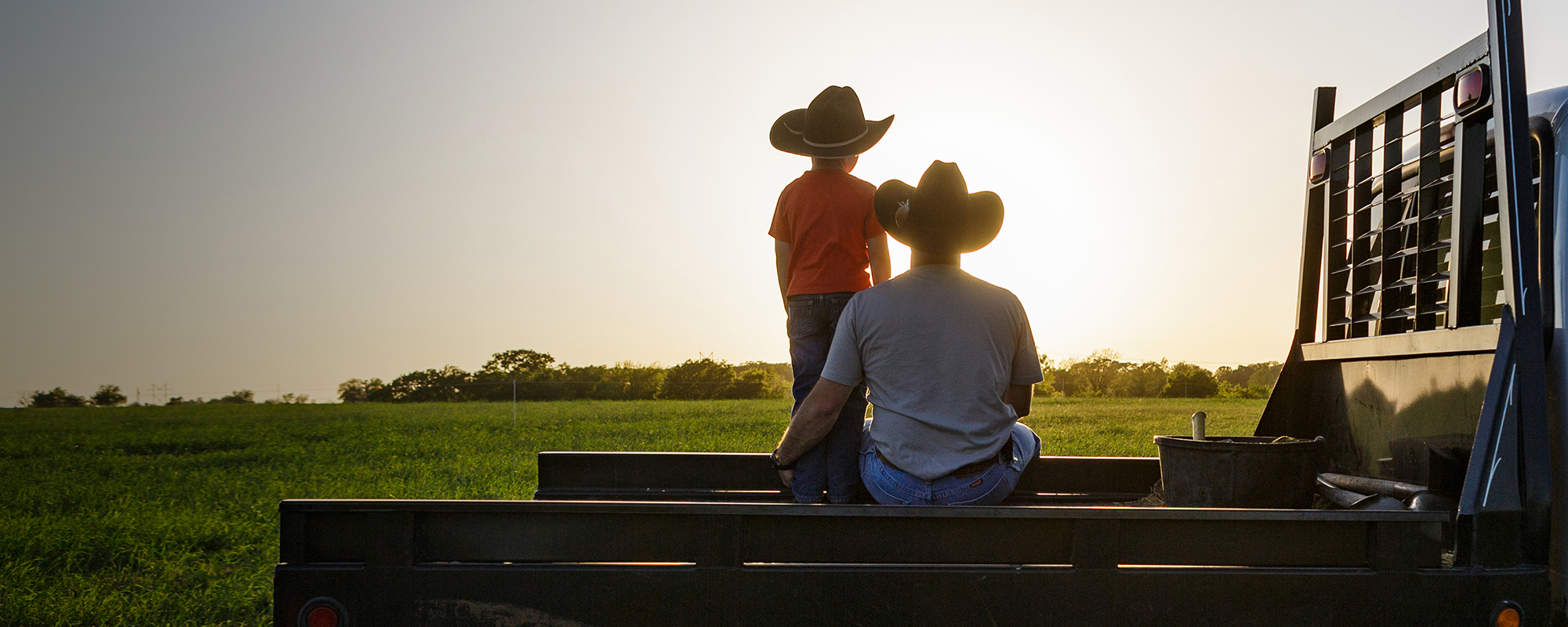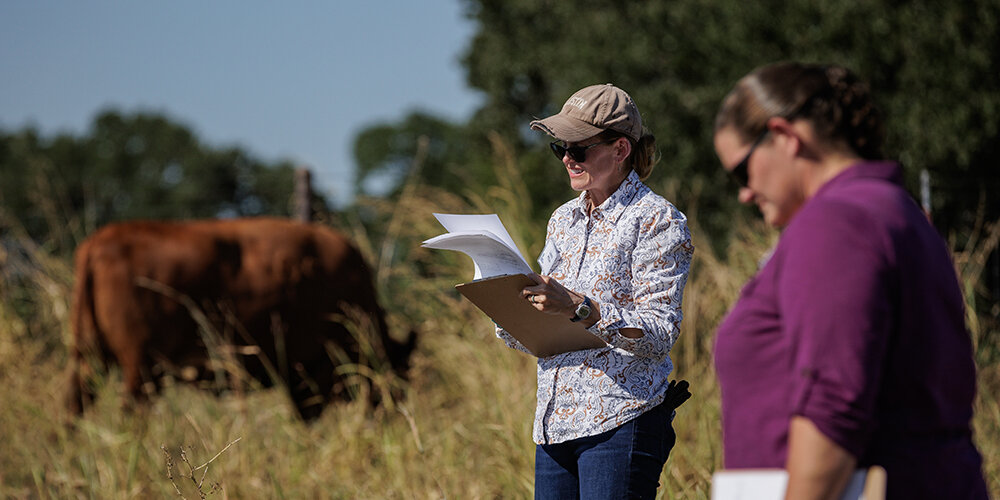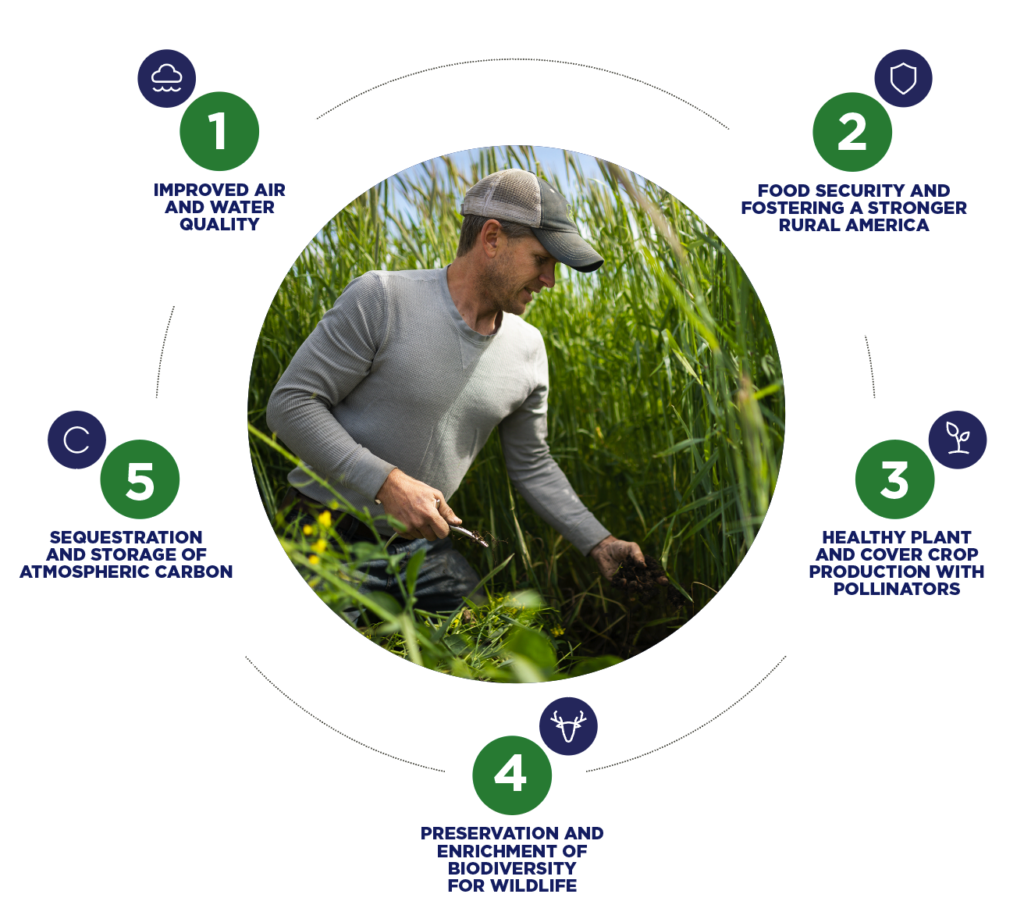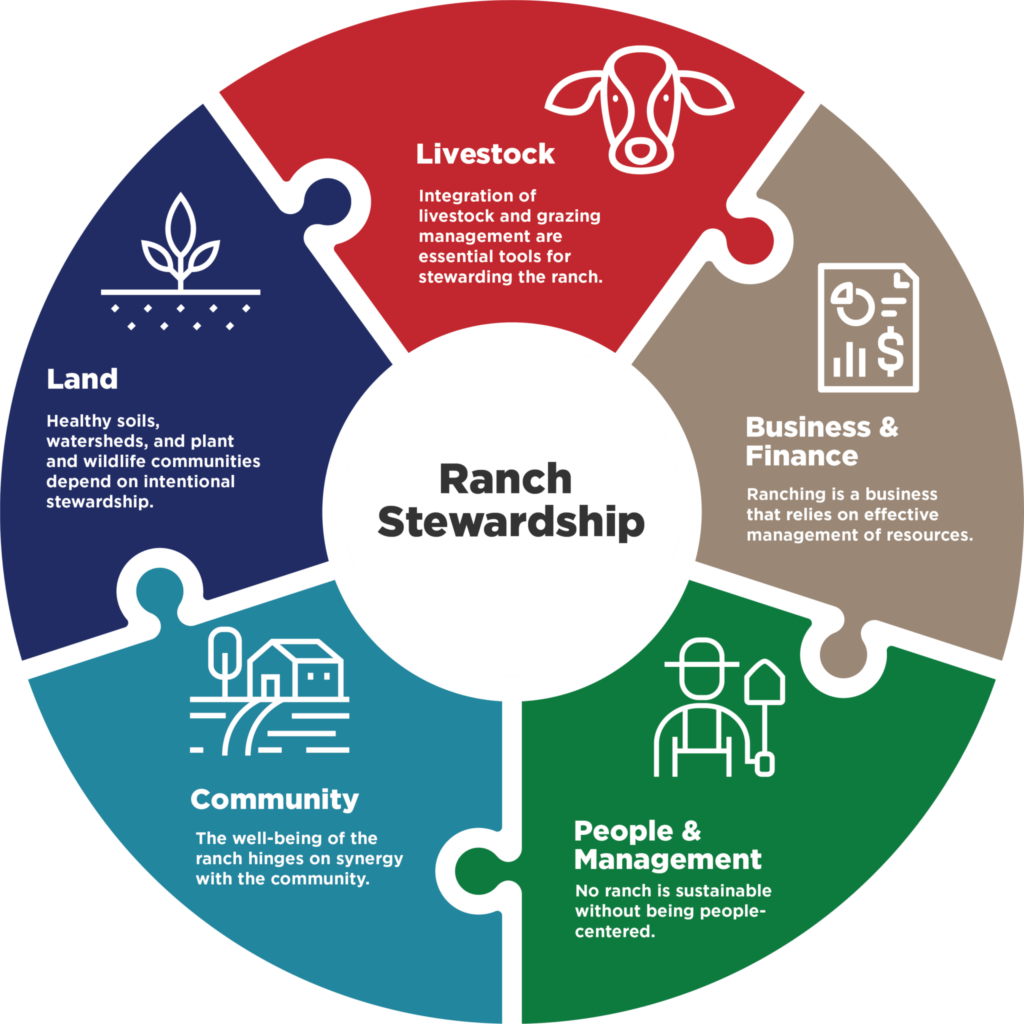Every Acre Matters
Saving Our Soil
A Mission That Touches Us All
We’re Growing So Much More Than Grass
Every pasture you drive by is a part of our grazing lands and houses the earth’s most valuable natural resource — soil. Healthy soil cleans our air and water, contributes to food security, enhances wildlife habitats, and sequesters carbon to mitigate climate variability. In short, healthy soil is integral to the life of every person in our country.

Noble’s Mission and Long-Term Goals
Our goals by 2040 are:
Noble Research Institute is the nation’s largest independent agricultural research organization focused on guiding farmers and ranchers to regenerate America’s grazing lands — over 654 million acres nationwide.
0M
acres transitioned across the U.S.

0K
farmers and ranchers adopting regenerative principles

Benefits of Soil Health Affect Us All
Regenerative Practices Improve Everything —
from the Air We Breathe, to the Food We Eat
When prioritizing sustainable practices, we create an environment where local farmers and ranchers can share knowledge, collaborate, and support one another. But these practices reach far beyond the pasture in the following five categories.

“No civilization has outlived the usefulness of its soils. When the soil is destroyed, the nation is gone.”
– Lloyd Noble, 1949
Leading The Charge From The Ground Up

Rancher Education – Provide educational and training curriculum that has been designed with consistent principles and practical application.

Land-Based Research – Measure, study, and assess ecosystem responses to land management for data-driven decision-making.

Production Ranches – Seven operating regenerative managed ranches, totaling 13,500 acres, for measurement, research, and study.

Policy – Policy reforms that use market-based solutions for stewardship to advance regeneration of U.S. grazing lands.
Five Pillars
of Ranch
Success
Noble’s rancher education program is based on our land stewardship philosophy which recognizes that all the pillars of an agricultural operation — land, livestock, business and finance, people and management, and community — are intricately tied together and must be addressed collectively for working ranches to be successful and our environment to be transformed.

Together, We Can
Revive Our Nation’s
Grazing Land
Your generosity fuels our mission to empower farmers and ranchers, guiding them towards regenerative practices that revitalize our grazing lands. Each step we take is a testament to the profound impact of your support.
